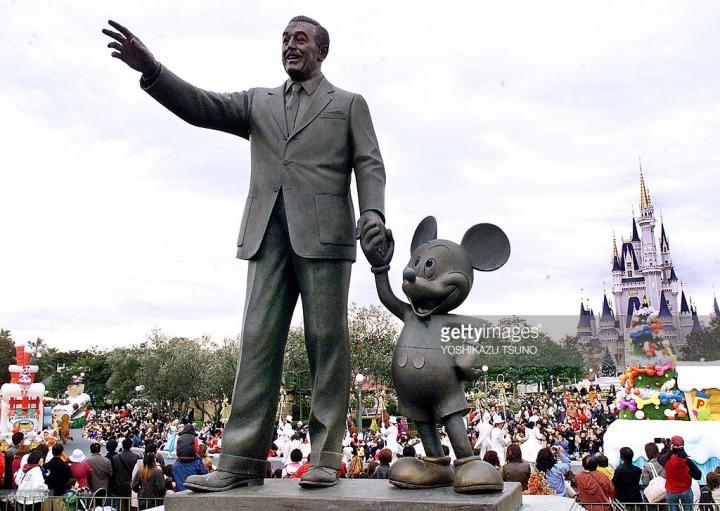
Reduced but not destroyed. If you don't see that, OK.
Destroying statues that are part of history because they may offend some people is like saying we should destroy what's left of the concentration camps in Europe because they might offend the Jews. It's all part of history good or bad.
"If we ignore history we are doomed to repeat it"!